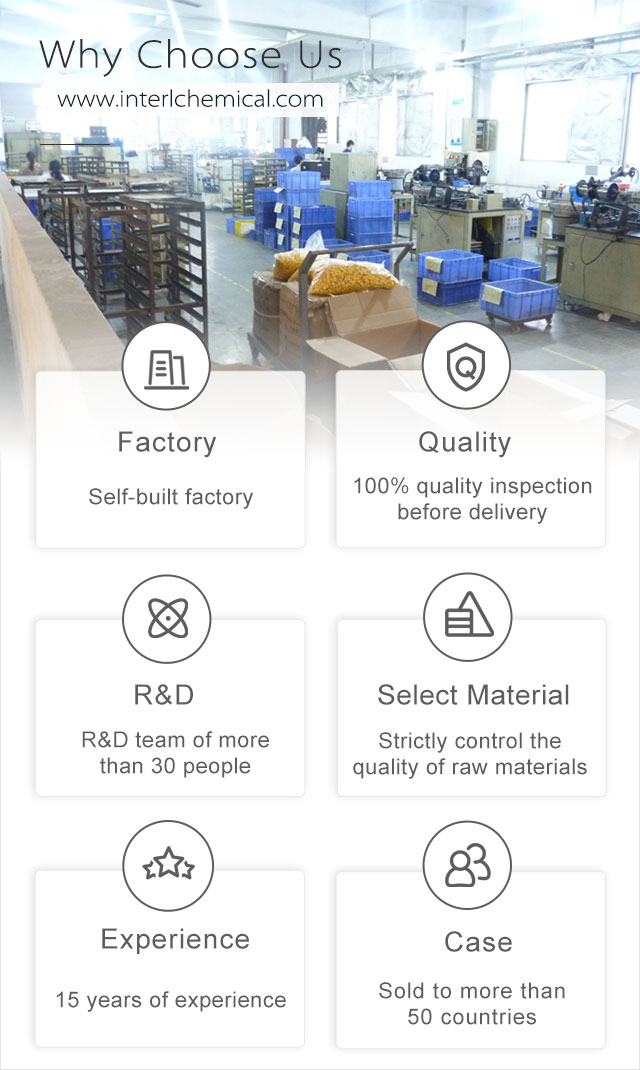





Related Attributes
Product details
Difenoconazole Usage and Synthesis:Difenoconazole, a triazole fungicide, is an inhibitor of sterol demethylation, a highly effective, safe, low toxicity, broad-spectrum fungicide, and can be absorbed by plants. Main Uses Used as a solvent, also often used as a plasticizer for nitrocellulose, cellulose acetate, chlorinated rubber and polyvinyl chloride, extractant for rare metals, etc., and heat exchange medium. Due to Because of its low surface tension and insoluble in water, it can be used as an industrial defoamer, which effectively makes the film of formed foam in an unstable state and defoams quickly. Not It can not be used in food/cosmetics. It is often used for fruit trees, vegetables, wheat, potatoes, beans, melons and other crops, and has good protection and treatment for a variety of fungal diseases of vegetables and melons. It has good protection and treatment effect on many kinds of fungal diseases of vegetables and fruits, and is very environmental friendly.

Pharmacokinetics of Difenoconazole:
With high efficiency, broad spectrum, low toxicity and low dosage, it is an excellent variety of triazole fungicide, with strong endosmosis, by inhibiting the biosynthesis of ergosterol in the cells of pathogens It has the characteristics of not polluting the environment, not polluting agricultural products, not killing natural enemies, and is currently used worldwide to prevent and control citrus scab, spotted leaf drop and other diseases. It is the ideal fungicide for the control of citrus scab, spotted leaf disease and other crop resistant diseases in the world. Tebuconazole has a strong inhibitory effect on the spore formation of plant pathogens and can inhibit conidial It also inhibits the maturation of conidia, thereby controlling the further development of the disease. The mode of action of tebuconazole is to inhibit ergosterol biosynthesis by interfering with the C14 demethylation of pathogen cells, thus causing sterol retention. This results in the retention of sterols in the cell membrane, which damages the physiological role of the membrane and leads to fungal death. Click for more.

Clinical Application of Difenoconazole:
I: It is used as a fixative for gas chromatography, a solvent for nitrocellulose and ethylcellulose, a plasticizer, an agent for rare earth metal separation and an intermediate for organic synthesis.
II: acrylates, methacrylates, acrylic acid, acrylonitrile, styrene, butadiene has a good blocking effect, its blocking performance is better than phenols
III: Used as extractant of metal complex, plasticizer of cellulose nitrate, cellulose acetate, chlorinated rubber and polyvinyl chloride, solvent of paint, ink and adhesive
IV: Used as the main plasticizer of cellulose nitrate, cellulose acetate, chlorinated rubber and polyvinyl chloride, also commonly used as the solvent of paint, adhesive and ink, defoamer It is also used as solvent for paint, adhesive and ink, defoamer, anti-static agent, extractant of rare earth elements. LD50 for rats is 3000mg/kg.
V: Solvent for nitrocellulose and cellulose acetate, defoamer, heat exchange medium, plasticizer, extractant. Gas chromatography stationary solution (maximum use temperature 120℃, solvent for ether) extraction of cobalt, iridium, manganese, molybdenum, palladium, rhodium, nickel, uranium and tungsten, colorimetric determination of molybdenum. Organic synthesis.
Why choose us?

HRK Factory

About Shipping

Pharmaceutical Intermediate manufacturers
©2023 Xi'an Henrikang Biotech Co., Ltd.,